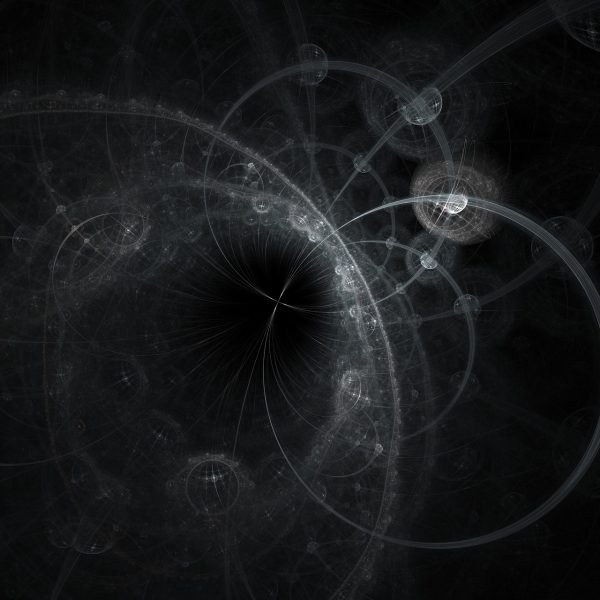The universe might be full of tiny, ancient black holes. And researchers might be able to prove it.
These mini black holes from the beginning of time, or primordial black holes (PBHs), were first dreamed up decades ago. Researchers proposed them as an explanation for dark matter, an unseen substance that exerts a gravitational pull throughout space. Most explanations for dark matter involve hypothetical particles with special properties that help them evade detection. But some researchers think swarms of little black holes moving like clouds through space offer a cleaner explanation. Now, a new study explains where these PBHs might have come from, and how astronomers could detect the aftershocks of their birth.
Where did the little black holes come from?
A black hole is a singularity, an infinitely dense point in space packed with matter. It forms when that matter gets so tightly packed that the force of gravity overwhelms everything else, and the matter collapses. It warps space-time and surrounds itself with an “event horizon,” a spherical boundary region beyond which no light can escape.



